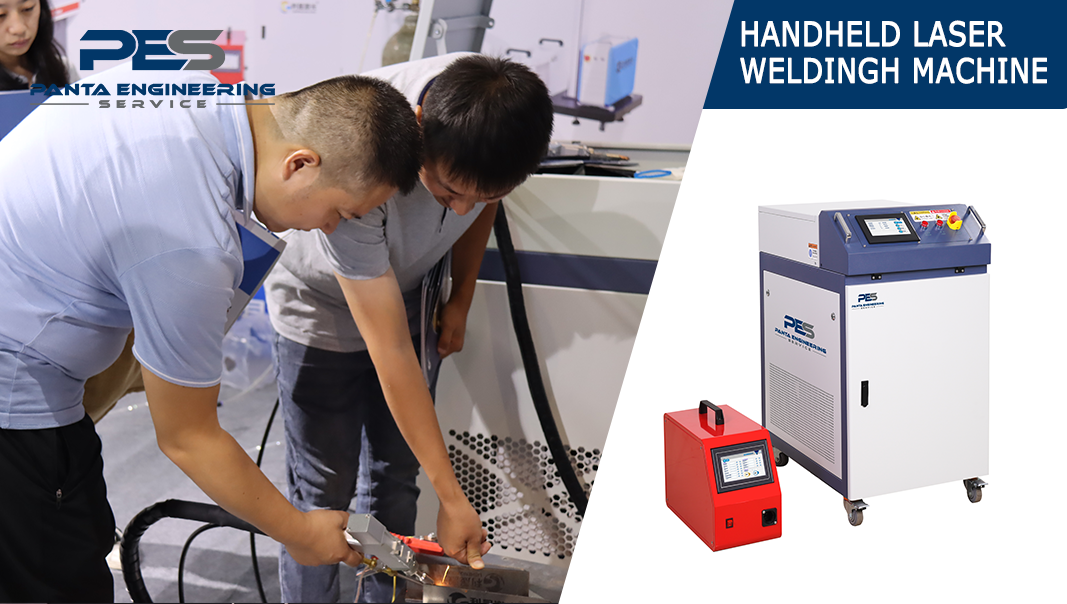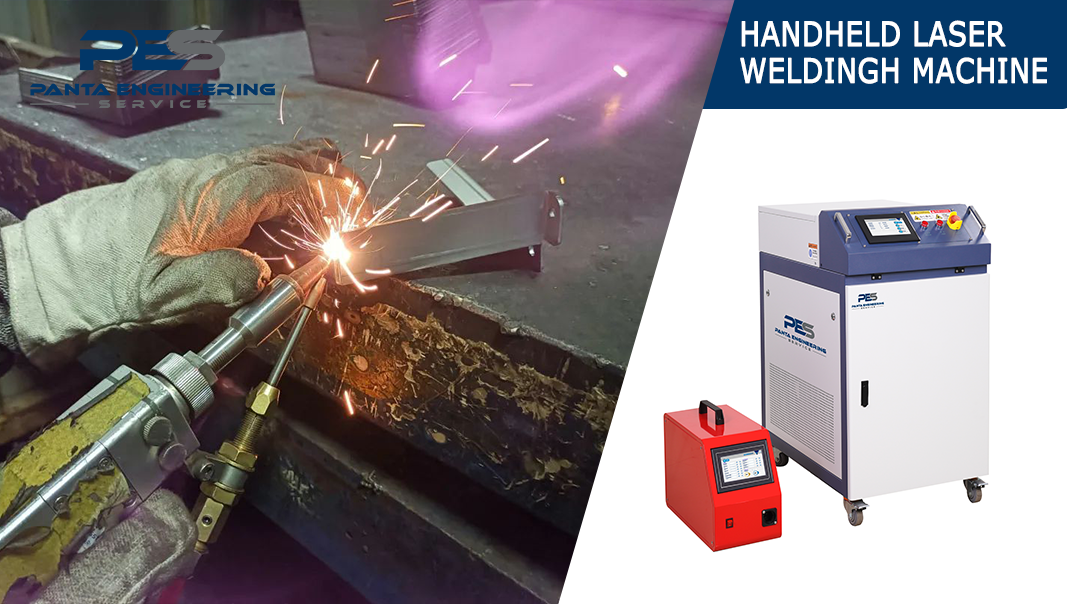Categories
New Blog
A brief discussion on the application of laser welding technology in the sheet metal industry
Oct 13, 2023

Welding is the most important processing technology after sheet metal processing. It is highly labor-intensive, has a harsh working environment, and requires high skill requirements. Therefore, welding automation and new connection methods have always been the research direction of welding technical workers. The key technology of welding automation is the control of welding quality and efficiency. During the welding process, issues such as arc and weld seam alignment, uniform gap between parts, weld penetration, and welding deformation control need to be solved. With the rapid development of laser welding technology, laser welding technology has made a qualitative leap and has been maturely used in home appliances, high-tech electronics, automobile manufacturing, high-speed rail manufacturing, precision processing and other fields.
Characteristics of laser welding
Laser welding uses a laser to couple a high-energy laser beam into an optical fiber. After transmission, it is collimated into parallel light through a collimating mirror, and then focused on the workpiece to form a heat source with extremely high energy density, melting the material at the joint, and then the liquid metal is rapidly cooled. Welding method to form high-quality welds.
1. Simple operation
The laser welding machine has simple welding equipment, simple operation process, easy to learn and get started. The professional requirements of the staff are not high, saving labor costs.
2. High flexibility
The fiber laser welding machine can achieve welding at any angle, can weld inaccessible parts, and can also weld various complex welding workpieces and large workpieces with irregular shapes. It has great flexibility in achieving welding at any angle.
3. Strong safety performance
The high-safety welding tip can only touch the switch when it comes into contact with metal. Special laser generators have safety requirements during operation. Laser generator protective glasses must be worn during operation to reduce damage to the eyes.
4. Laser beam quality is good
After the laser is focused, the power density is high. After the high-power low-order mode laser is focused, the focal spot diameter is small, which greatly promotes the development of automated welding of thin plates.
5. Fast welding speed, large depth and small deformation
Due to the high power density of laser welding, small holes are formed in the metal material during the welding process, and the laser energy is transmitted deep into the workpiece through the small holes with less lateral diffusion; the material fusion depth is larger during the laser beam scanning process; the speed is fast and the unit time is Large welding area.
6. Low labor cost
Since the heat input during laser welding is extremely low, the amount of post-weld deformation is very small, and a very beautiful welding effect can be achieved on the surface. Therefore, laser welding requires very little follow-up processing, which can greatly reduce or eliminate the manual labor in the huge polishing and leveling processes. cost.
7. Can weld difficult-to-weld materials
Laser welding machines can not only be used for welding between a variety of dissimilar metal materials, but also can be used for titanium, nickel, zinc, copper, aluminum, chromium, niobium, gold, silver and other metals and their alloys, as well as steel, Kovar alloy and other materials Welding can well meet the development and application of new materials for home appliances.
8. Particularly suitable for welding thin plate non-sprayed appearance parts
Due to the large welding aspect ratio, small specific energy, small heat-affected zone and small welding deformation of the laser welding machine, the laser welding machine is especially suitable for welding thin plate non-sprayed appearance parts and precision and heat-sensitive parts, which can reduce post-weld corrections and secondary processing.

Comparison of advantages of laser welding
Laser welding can be divided into thermal conduction welding and deep penetration welding according to the formation characteristics of the weld during welding. Thermal conduction welding uses a low-power laser, the molten pool formation time is long and the penetration depth is shallow, and it is mostly used for welding small parts; deep-penetration welding has a high power density, and the metal melts quickly in the laser radiation area, and the metal melts along with strong vaporization. Welds with larger penetration depth can be obtained, and the width-to-depth ratio of the weld can reach 10:1. The optical fiber transmission laser welding machine is equipped with an optional CCD camera monitoring system to facilitate observation and precise positioning; its welding spot energy is evenly distributed and has the best light spot required for welding characteristics; it is suitable for various complex welds, spot welding of various devices, Full welding and seam welding of thin plates within 1mm.
The main factors affecting laser welding are beam characteristics, welding characteristics, protective gas and material characteristics.
⑴Beam characteristics include laser, optical configuration, etc.
⑵Welding characteristics include welding joint form, weld seam distribution, assembly accuracy, welding process parameters, etc.
⑶ Protective gas includes the type, flow rate, protection method, etc. of the protective gas.
⑷Material properties: the absorption of laser by the material is mainly related to the wavelength of the laser, the properties of the material, temperature, and surface conditions. Most materials have a higher absorption rate of short-wavelength lasers. The material has a lower laser absorption rate at room temperature. The temperature The absorption rate increases sharply when it rises; the weldability of the material; thermal conductivity, thermal expansion coefficient, melting point, boiling point and other characteristics.
There are many commonly used welding methods for thin plate parts, such as laser welding, brazing, argon arc welding, resistance welding, plasma arc welding, electron beam welding, etc. Compared with other commonly used welding methods, laser welding has disadvantages in heat-affected zone, thermal deformation, It has great advantages in terms of weld quality, whether to add solder, and welding environment.
Welding is a key technology that supports my country's development into a major manufacturing country. With the development of welding technology today, almost all fields such as machinery manufacturing, petrochemical industry, transportation energy, metallurgy, electronics, aerospace and other fields are inseparable from welding technology. At present, the new generation of welding technology represented by electron beam welding and laser welding is becoming more and more widely used. From the perspective of environmental protection and business operating costs, laser welding machines have the characteristics of high power density, no electrode pollution, non-contact, and machine tools. It has many advantages such as low loss, not affected by magnetic field, and can accurately align the weld seam. Therefore, the full implementation of laser welding is the development trend of future welding, which also requires the company's technical personnel to put forward better and higher requirements at the application level to promote the common development of laser welding companies.